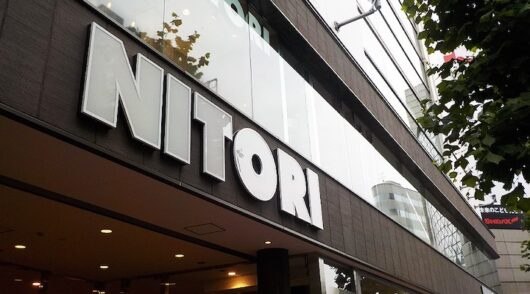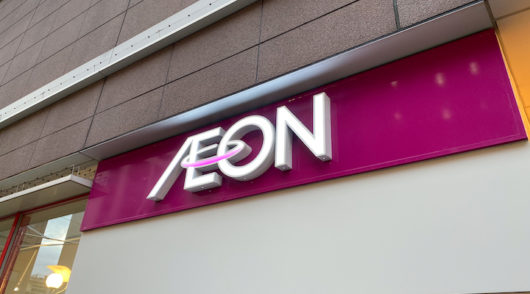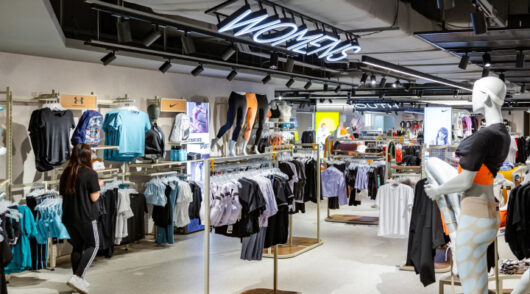More and more tenants in India’s big city malls are moving to smaller cities which promise better returns.
A new survey by the Associated Chambers of Commerce and Industry of India (ASSOCHAM) reveals one third of retail tenants are shifting into smaller cities like Nagpur, Pune, Ludhiana, Jaipur and Chandigarh as they face pressure of high rentals and low footfalls at shopping malls in larger cities like Mumbai, Chennai, Delhi, Kolkata and Bangalore.
Roughly 300-350 malls opened in the country over the last two years, but 75-80 per cent of the space in these malls remains vacant. Around the same time, as many as 95 malls have shut shop, finds ASSOCHAM.
“The major three core benefits for the retailer-tenants to move to smaller cities are lower operational costs and comparatively lesser competition and the novelty values still left in these areas where even the nearby rural population is thronging the air-conditioned halls and getting the taste of comfortable shopping,” said ASSOCHAM president Rana Kapoor.
Kapoor said high cost of operation, economic slowdown and wearing down of the novelty values have all combined to reduce the number of foot falls in the malls in big cities.
“One of the main reasons for the high rentals in the big city malls is the exorbitant land prices and high development costs. Thus, in the foreseeable future, making such malls profitable will remain a challenge,” he said.
There is greater scope for growth in second- and third-tier cities, in particular where larger chunks of land are available than in metros, and at lower cost, he said.
The shopping trends in metro cities have influenced the consumer behaviour in second- and third-tier cities that are now witnessing a major shift from conventional trader-run standalone shops to larger format retail malls.
The trend can be attributed to factors like the dynamic change in the shopping trend, average spending power of the socio-economic classes in the second-tier to fourth-tier cities, demand of various products under one roof and increase in brand consciousness, concludes ASSOCHAM.






